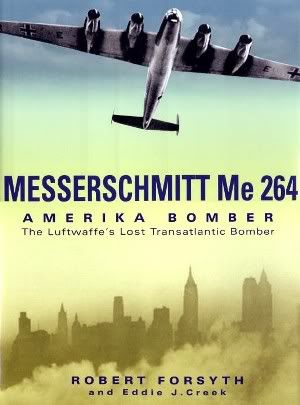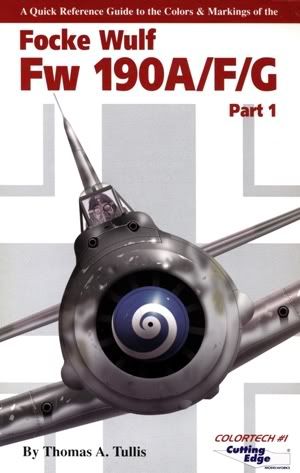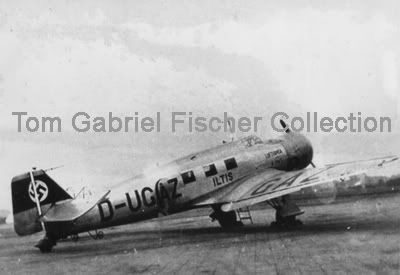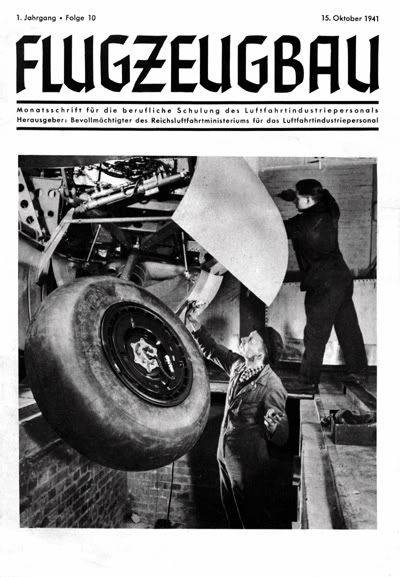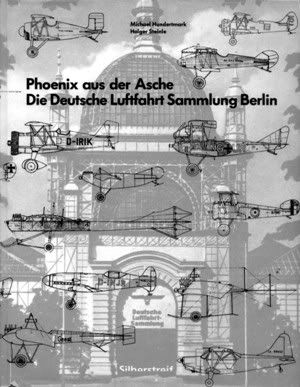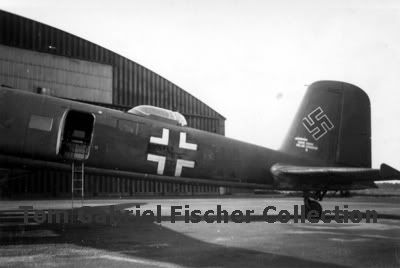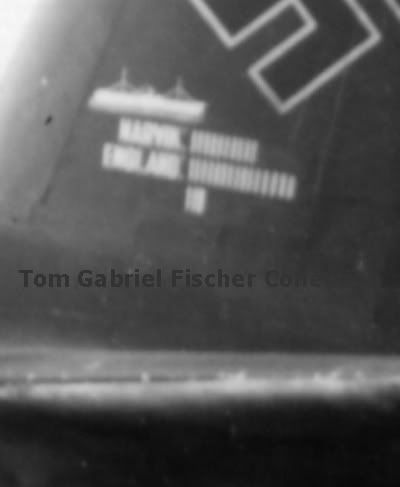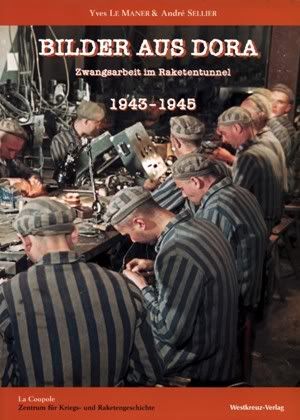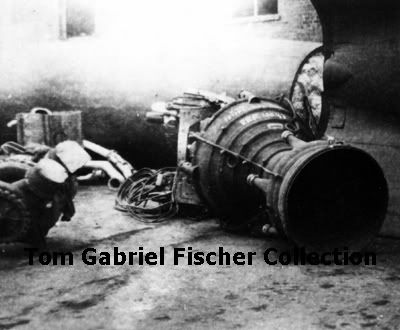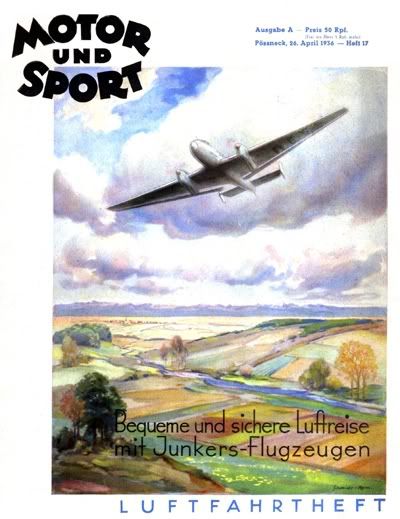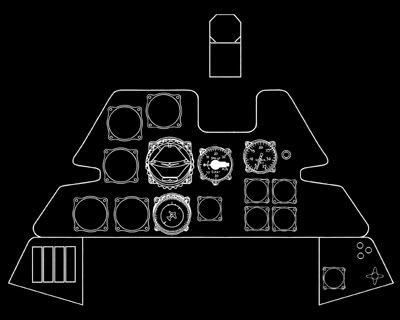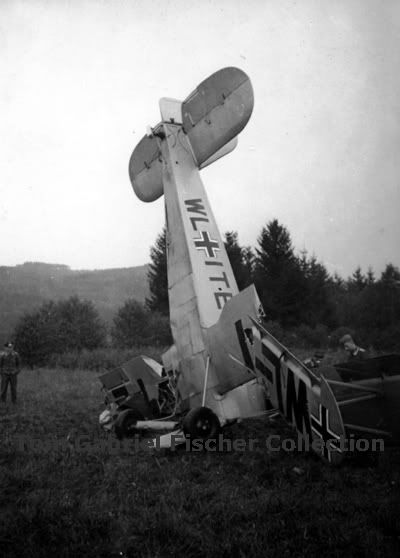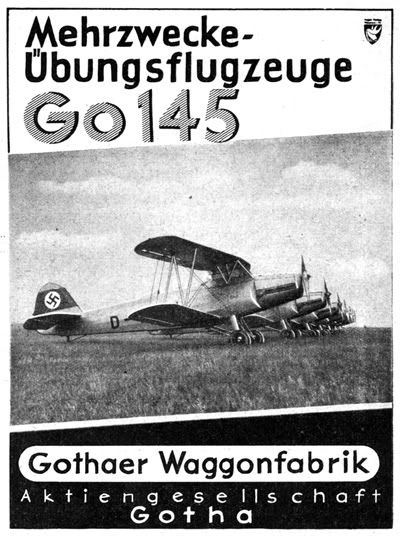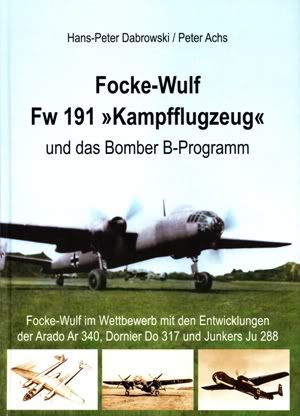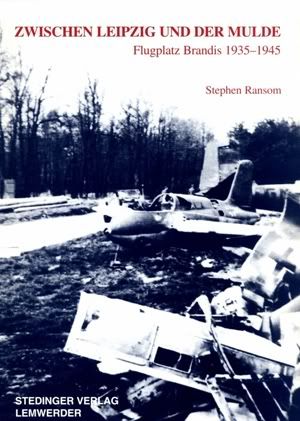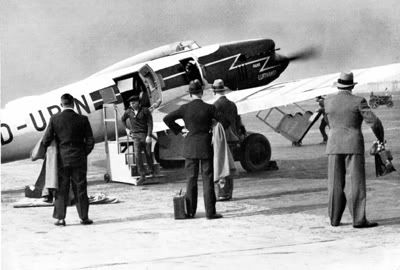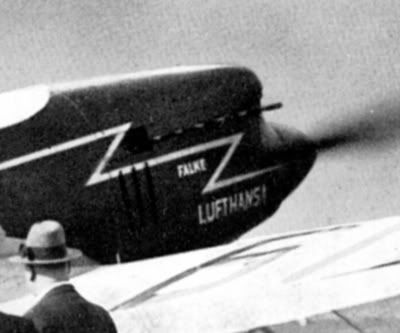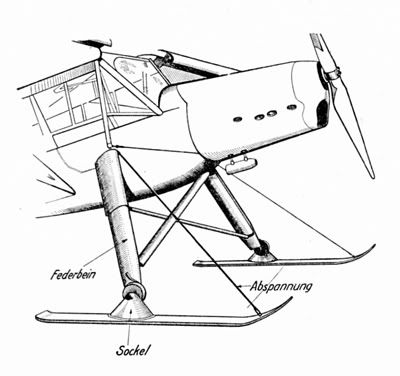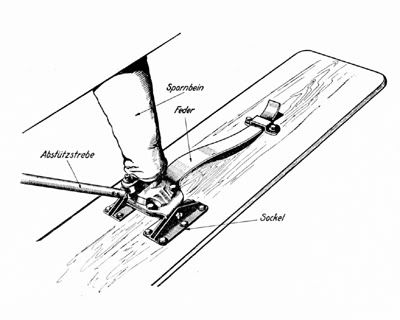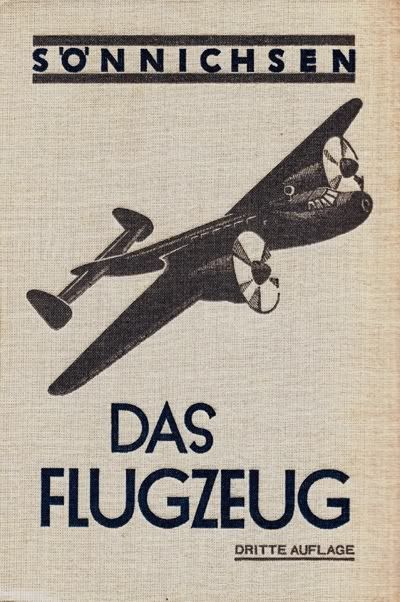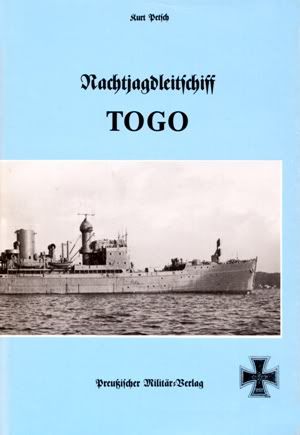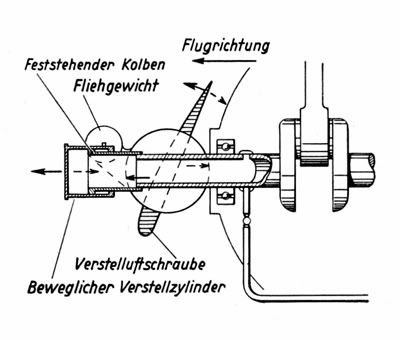![]() Above: attempted partial conceptual reconstruction of the instrument panel of the Focke-Wulf Ta 183. This incomplete and inevitably flawed draft is based on Günter Sengfelder's drawings of the the Jumo 004-powered variant at the planning stage of March 20, 1945, and the surviving photos of the full-size wooden mock-up of the Focke Wulf P VI "Flitzer" (see text below). (Drawing: Fischer)The Focke-Wulf Ta 183
Above: attempted partial conceptual reconstruction of the instrument panel of the Focke-Wulf Ta 183. This incomplete and inevitably flawed draft is based on Günter Sengfelder's drawings of the the Jumo 004-powered variant at the planning stage of March 20, 1945, and the surviving photos of the full-size wooden mock-up of the Focke Wulf P VI "Flitzer" (see text below). (Drawing: Fischer)The Focke-Wulf Ta 183Frequently dismissed as yet another speculative Luft '46 concept, the Focke-Wulf Ta 183 was, in actual fact, far more than just a paper project. In early 1945, the first prototypes of the Ta 183 were actually scheduled to be built, and the design of the aircraft had apparently progressed relatively far in its development. According to various sources, a full-scale, wooden mock-up, jigs, and perhaps even some subassemblies had been completed by war's end. And so had numerous technical and manufacturing drawings of what the finished prototypes were going to look like.
In spite of such reported gestation progress, the availability of solidly reliable prime-source material remains spotty to this day. In attempting to reconstruct some of the details of the Ta 183, one is left dependent on fragmentary information and circumstantial evidence, more so even than in the case of, for example, the Messerschmitt P1101 V1 (of which at least photos of the incomplete prototype exist). The depiction of the Ta 183 both in graphic illustrations and as scale models is thus often flawed. While this might be a moot point for many due to the fact that even the very first prototype evidently was never completed, careful examination of the sparse available material actually makes it possible to arrive at a fairly realistic idea of what the aircraft was actually going to look like.
Due to the protracted development schedule of the Heinkel HeS 011 jet engine, the initial examples of the Ta 183 were to be powered by the already mass-produced Junkers Jumo 004 jet engine. As depicted, these two early Ta 183 versions were to both share common features and be distinguished by a number of differences.
Junkers Jumo 004-powered Ta 183:- What little is known of the cockpit of the Ta 183 seems to generally resemble the cockpit layout of the broadly Ta 183-contemporary Focke-Wulf P VI "Flitzer" jet fighter project, of which far more detailed information survives. Based on Günter Sengfelder's drawings of the Jumo 004-powered Ta 183 variant at the planning stage of March 20, 1945, and the existing detailed photos and drawings of the elaborate "Flitzer" mock-up, it is immediately obvious that the "Flitzer" cockpit area (including the instrument panel) seems to be similar to that of the Ta 183. If one looks at the development of other German aircraft of the period, it is perhaps reasonable to assume that a final mock-up configuration frequently reflected the actual initial layout of the subsequent prototype. Amongst other things, production orders were not least dependent on repeated inspections and improvements of the mock-up.
- The Ta 183's pilot's seat seems to be a typical Focke-Wulf design, not unlike the seat used in the Fw 190/Ta 152 series of aircraft. The seat itself seems to feature no head rest, although an Fw 190-style head rest seems to be indicated as part of the canopy.
- The canopy, too, seems to be a rather typical Focke-Wulf design. The bottom edge of the windscreen side panels on the Jumo 004-powered Ta 183 is a straight line.
- The inside of the air intake duct for the Jumo 004 jet engine seems to be initially encumbered by a lengthy bulge which extends almost halfway down the fuselage. This bulge serves to provide the space required for the retractable nose landing gear (the nose wheel remains vertical while retracted). The intake duct then curves down towards the engine.
- The rear section of the fuselage of the aircraft is slightly extended in order to accommodate the full length of the Jumo 004 engine.
- The space and proportions within the main wheel bays are dictated by the front section of the Jumo 004 jet engine, placed in immediate proximity within the fuselage. The forward end of the main gear wells is thus deeper than the rear end, requiring the main landing gear to be retracted forward and the retracted main wheels to rest right next to the intake duct.
- The main gear well covers are of an elongated, rectangular shape.
- The outline of the horizontal stabilizer is rounded at the tips, as is the top rear end of the rudder.
- The aircraft on its landing gear displays a very pronounced tail-low/nose-high stance. Again, many recent depictions of the Ta 183 miss this prominent and defining element entirely. This is a feature the Ta 183 shares with many early jet aircraft designs, as evidenced, for example, by the similar stance of the completed Messerschmitt P1101 V1 prototype, the Junkers Ju 287jet bomber (and its subsequent EF 131 and EF 140 developments), the Horten Ho 229 jet flying wing, the Focke Wulf P VI "Flitzer" project, the Ta 183-derived post-war FMA IAe 33 "Pulqui II" jet fighter, the Kurt Tank-designed Hindustan Aeronautics HF-24 "Marut" jet fighter, or even the Vought F7U "Cutlass" and F-8 "Crusader" jet fighters, and the LTV A-7 "Corsair II" attack aircraft.
Heinkel HeS 011-powered Ta 183:- The Heinkel HeS 011-powered Ta 183 seems to have been designed with a different seat than that of the Jumo 004-powered variant. The seat of the HeS 011 version features head armour and seems very similar to the seat intended for the "Flitzer" jet fighter (of which photos exist).
In recent years, the Ta 183 has at times been depicted with a Heinkel-type "Katapultsitz" (ejection seat), but this seems to be entirely fictitious. Excellent photos of the tests of Focke-Wulf's own ejection seat, fired from a Fw 190, Werknummer 0022, SB+IB, have been published. Besides showing the seat during the insertion into the Fw 190, and during the actual ejection, there are also very detailed pictures showing the seat by itself. Again, this Focke-Wulf ejection seat prototype closely resembles the one depicted in the drawings of the HeS 011 version of the Ta 183. The only apparent difference is that the head armour as planned for the Ta 183 is angled forward.
Intriguingly, however, the catapult seat tested for the Focke-Wulf Ta 154 looks different yet again.
- Apparently, there are no published drawings or photos of the instrument panel, and the general cockpit layout of this version of the Ta 183 must be deduced solely on the basis of the general see-through side view drawings of February and March 1945.
- Again, the canopy seems to be a typical Focke-Wulf design. The bottom edge of the windscreen side panels, however, is now curved.
- The nose landing gear bay is of a different shape and length than those of the Jumo 004 version. The same thus applies to the associated landing gear doors. The nose wheel now turns upon retraction and is placed at an angle within the bay. This allows the air intake duct for the HeS 011 jet engine to remain unencumbered by any bulges. Due to the different proportions of the HeS 011 engine, the intake duct in this version is straight, from the nose of the aircraft to the compressor face of the engine.
- The rear section of the fuselage of the aircraft is devoid of any extension, due to the different dimensions of the HeS 011 engine.
- The main gear well doors of the HeS 011-powered Ta 183 are not rectangular, instead they taper towards the rear, starting about one third down the length of the doors. The space within the main landing gear bay seems to be arranged in a similar manner as on the Jumo 004-powered version.
- The main gear legs feature a distinctive kink near their attachment points to the fuselage structure.
- Again, the aircraft displays a very pronounced tail-low/nose-high stance.
- The outline of the horizontal stabilizer is rounded at the front and pointed at the rear.
- The top of the rudder features a sharper downward-angle and a more pronounced point than that of the Jumo 004 version.
- The aircraft seems to feature a shallow weapons bay which permits weapons to be carried semi-recessed. This bay appears to have angled inside walls. According to published drawings, it was to be possible to carry either bombs, drop tanks, or cameras in this bay. Apparently, the Jumo 004 version of the Ta 183 doesn't feature such a weapons bay.
(Text amended and expanded from sections of correspondence originally provided to Alan Griffith of now-defunct US scale model manufacturer AmTech, in 2001 and 2002.)
